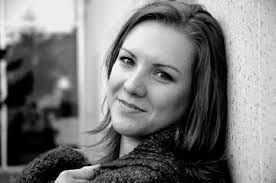By: Sydney Vollmer, ARB Intern
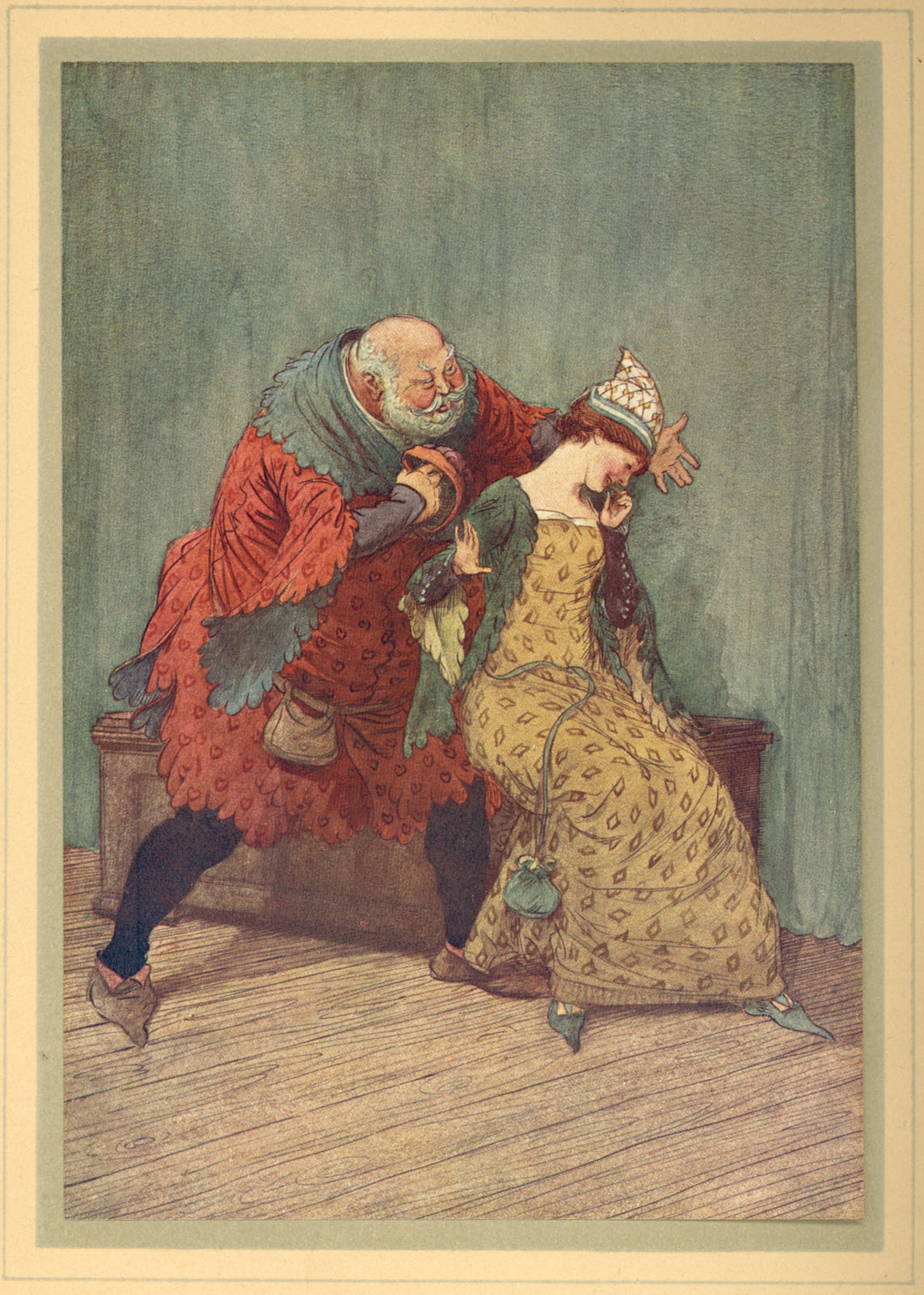 In my previous blog I mentioned that the Cincinnati Shakespeare Company would be putting on free productions of Merry Wives of Windsor this summer as part of its Shakespeare in the Park series. If you’ve read the play or seen the show, you know a main plot point is about Sir John Falstaff and how he tries to seduce Mistress Page and her best friend, Mistress Ford—at the same time. Both women, faithful to their husbands, decide to create quite the fool out of Falstaff by feigning interest and arranging secret meetings between Falstaff and Mistress Ford. Those meetings are always interrupted by Master Ford coming home, thus putting Falstaff in precarious positions. One of the most notable scenes involves Falstaff donning a dress, pretending to be the fat aunt of the Fords’ servant so he can leave the house without being recognized. It’s been long thought of as one of the funniest scenes in the play…why? What is it about a man in a dress that gives us a big chuckle? Continue reading
In my previous blog I mentioned that the Cincinnati Shakespeare Company would be putting on free productions of Merry Wives of Windsor this summer as part of its Shakespeare in the Park series. If you’ve read the play or seen the show, you know a main plot point is about Sir John Falstaff and how he tries to seduce Mistress Page and her best friend, Mistress Ford—at the same time. Both women, faithful to their husbands, decide to create quite the fool out of Falstaff by feigning interest and arranging secret meetings between Falstaff and Mistress Ford. Those meetings are always interrupted by Master Ford coming home, thus putting Falstaff in precarious positions. One of the most notable scenes involves Falstaff donning a dress, pretending to be the fat aunt of the Fords’ servant so he can leave the house without being recognized. It’s been long thought of as one of the funniest scenes in the play…why? What is it about a man in a dress that gives us a big chuckle? Continue reading


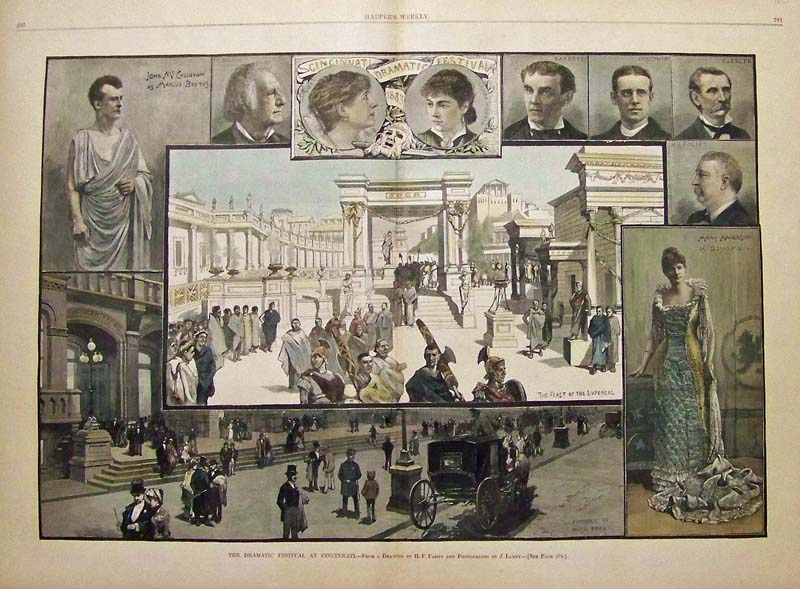

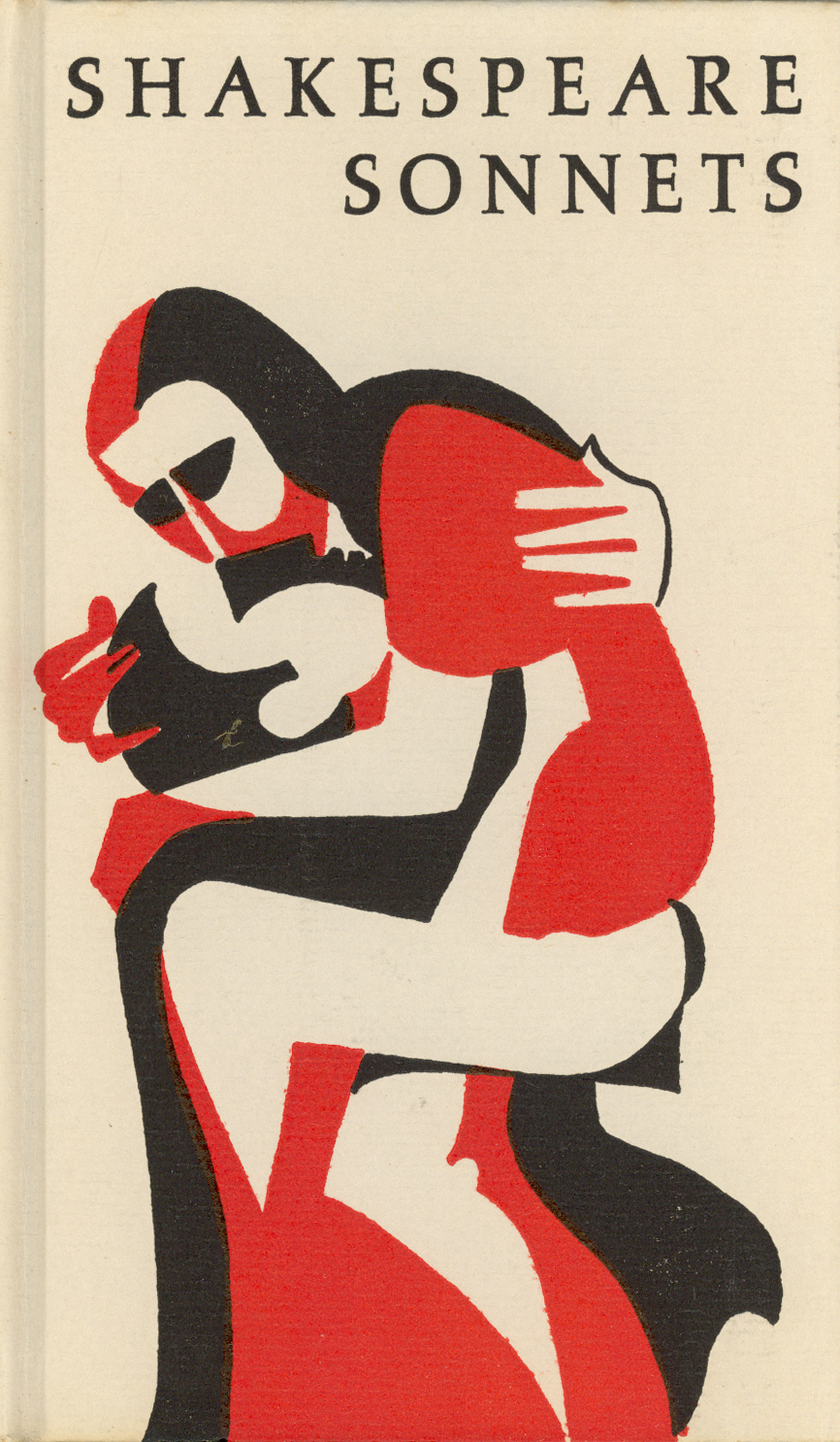 Happy National Poetry Month! In 1996, the Academy of American Poet designated April as the month to officially celebrate poetry. Here at ARB, we celebrate poetry all year round, but figured we would take this opportunity to talk some about Shakespearean sonnets.
Happy National Poetry Month! In 1996, the Academy of American Poet designated April as the month to officially celebrate poetry. Here at ARB, we celebrate poetry all year round, but figured we would take this opportunity to talk some about Shakespearean sonnets. 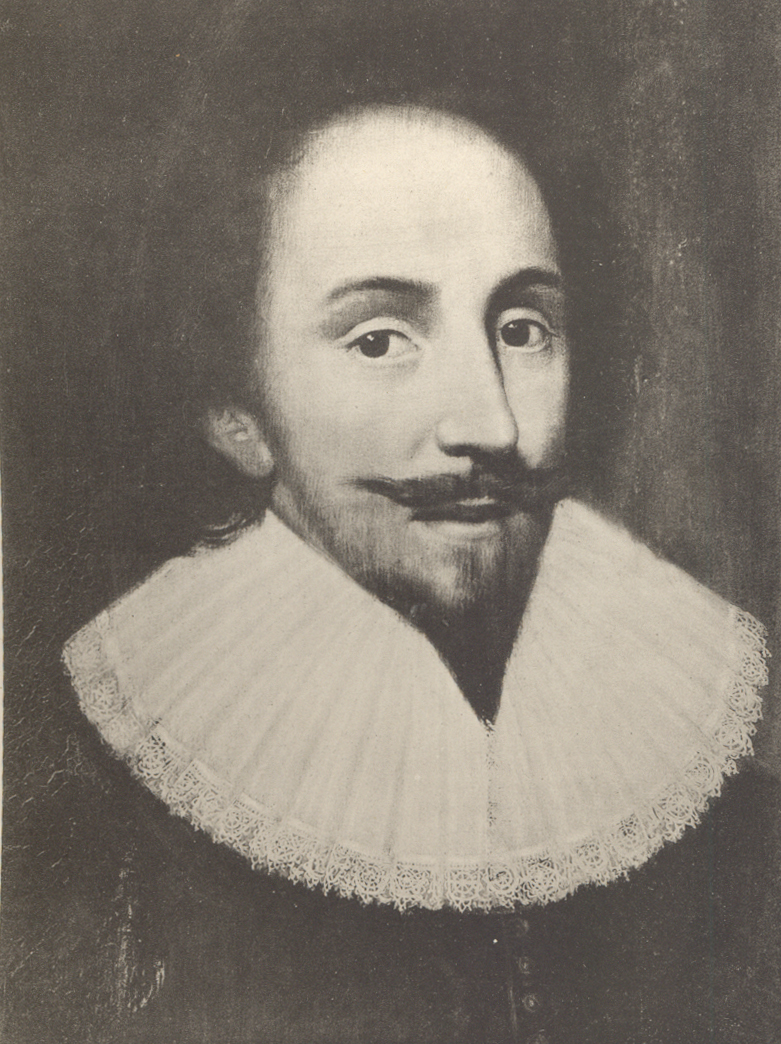 The Archives and Rare Books Library is proud to announce our partnership with the Cincinnati Museum Center. The Museum Center just announced their Shakespeare exhibit, which ARB is helping them prepare! Opening August 25th, the exhibit will be centered on Shakespeare’s First Folio (published 1623). The Folio is generously being lent to CMC by the Folger Shakespeare Library, which toured the work throughout the U.S. just last year. The exhibit will explore Shakespeare through time—how his works have adapted, what’s influenced new interpretations, and how appreciation of his work has evolved. There will be a focus on how Cincinnati has interacted with Shakespeare over time.
The Archives and Rare Books Library is proud to announce our partnership with the Cincinnati Museum Center. The Museum Center just announced their Shakespeare exhibit, which ARB is helping them prepare! Opening August 25th, the exhibit will be centered on Shakespeare’s First Folio (published 1623). The Folio is generously being lent to CMC by the Folger Shakespeare Library, which toured the work throughout the U.S. just last year. The exhibit will explore Shakespeare through time—how his works have adapted, what’s influenced new interpretations, and how appreciation of his work has evolved. There will be a focus on how Cincinnati has interacted with Shakespeare over time. 
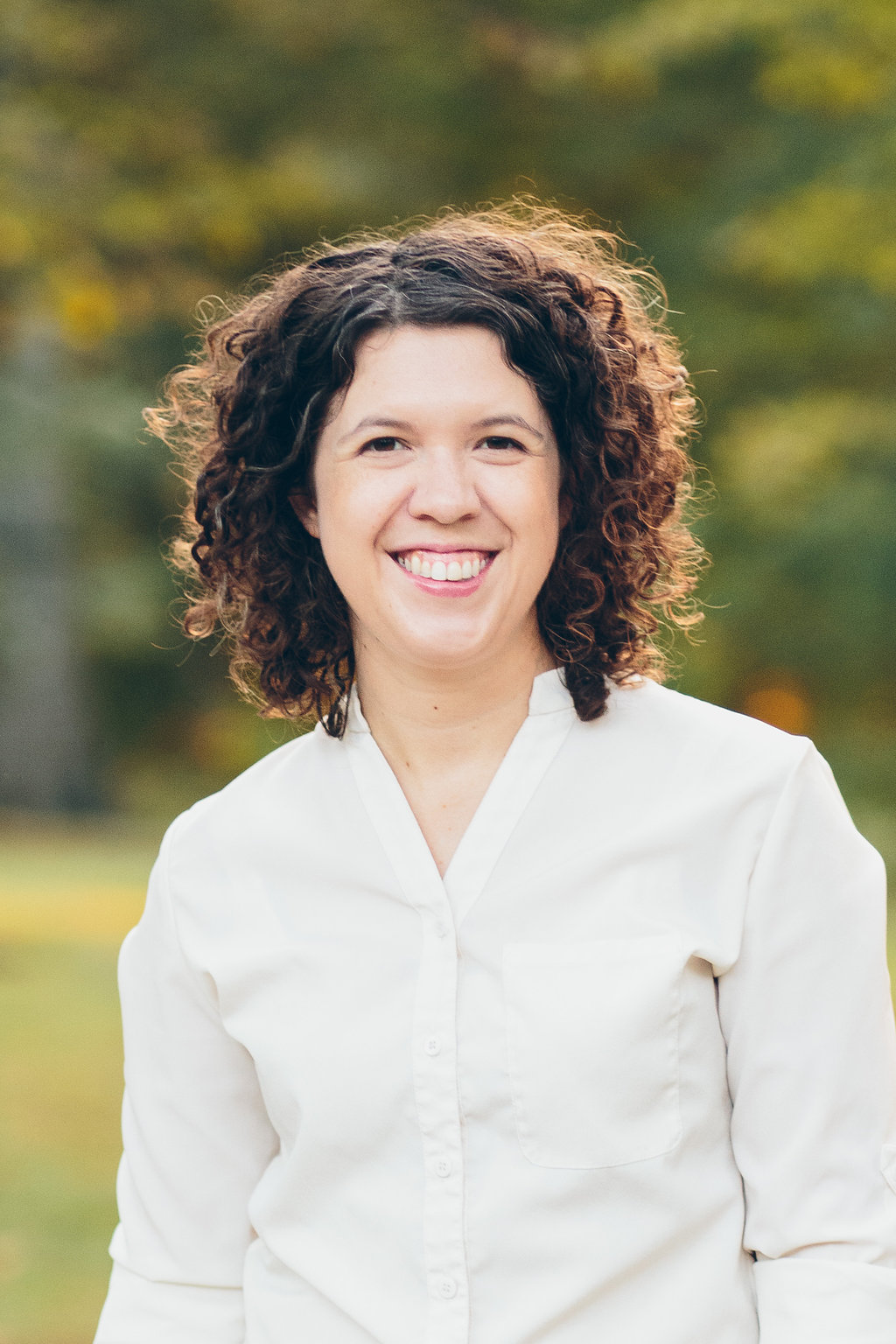
 It’s that time of year again. Winter is *hopefully* leaving and making room for spring. March brings a lot to look forward to, especially for the Irish-American community. Every year since 1991, the president has declared March to be National Irish Heritage Month. But what does Irish heritage mean? One University Honors class is on a mission to find the answer to that question. It turns out that “to be Irish” means a lot more than having red hair, drinking beer, and being one with a short temper. Led by professor Kevin Grace, along with Debbie Brawn of University Honors, 20 students will travel to Ireland over spring break to get an in-depth look at the country from where so many Americans emigrated. The weeks leading up to the study tour were filled with readings of Irish-American literature, such as Angela’s Ashes and Irish America: Coming Into Clover, as well as the viewing of films and many discussions about what Irish heritage means.
It’s that time of year again. Winter is *hopefully* leaving and making room for spring. March brings a lot to look forward to, especially for the Irish-American community. Every year since 1991, the president has declared March to be National Irish Heritage Month. But what does Irish heritage mean? One University Honors class is on a mission to find the answer to that question. It turns out that “to be Irish” means a lot more than having red hair, drinking beer, and being one with a short temper. Led by professor Kevin Grace, along with Debbie Brawn of University Honors, 20 students will travel to Ireland over spring break to get an in-depth look at the country from where so many Americans emigrated. The weeks leading up to the study tour were filled with readings of Irish-American literature, such as Angela’s Ashes and Irish America: Coming Into Clover, as well as the viewing of films and many discussions about what Irish heritage means. 